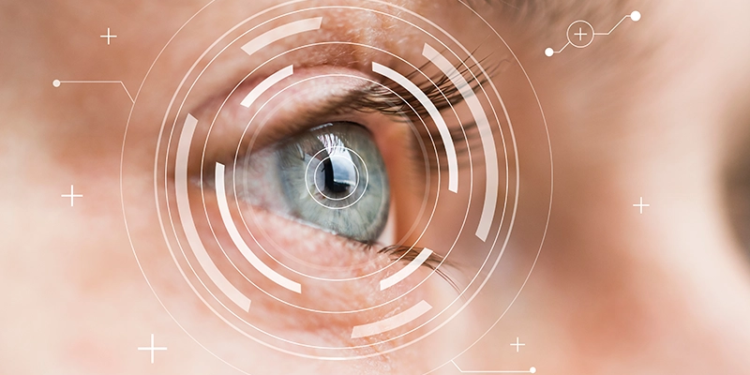Researchers from the Johns Hopkins University Applied Physics Laboratory (APL) and School of Medicine have, for the first time, demonstrated simultaneous control of two advanced prosthetic limbs through a brain-machine interface. The team is also developing strategies for providing sensory feedback for both hands at the same time using neural stimulation. The breakthrough is the latest development in Revolutionizing Prosthetics (RP), a program launched by the Defense Advanced Research Projects Agency in 2006 to improve upper-limb prosthetic technologies and provide new means for users to operate them.
“We are trying to enable a person with quadriplegia to use a direct neural interface to simultaneously control two assistive devices and, at the same time, feel touch sensation when the devices make contact with objects in the environment,” said Brock Wester, PhD, a biomedical engineer and APL’s principal investigator for the study.
The original vision of the RP program was to create a neurally integrated prosthetic upper limb with human-like capabilities, which resulted in the Modular Prosthetic Limb (MPL). “As we integrated new capabilities into the MPL, such as fingertip sensors for force, acceleration, slip and pressure, we started to ask ourselves, ‘What is the best way to feed this information back to our study participants so that they would be able to interact with the environment just as able-bodied people do?'” said Francesco Tenore, PhD.
In addition to developing the MPL, program researchers have been exploring the use of neural signals to enable “real time” control of prosthetic and intelligent systems.
The research team has completed several assessments of the neural signals acquired from the motor and sensory areas of the brain and studied what the patient feels when the hand areas of his brain are stimulated. The results from these experiments highlight the potential for patients to sense more information about the prosthetic limb or the environment with which they are interacting.
“For the first time, our team has been able to show a person’s ability to ‘feel’ brain stimulation delivered to both sides of the brain at the same time,” said Matthew Fifer, PhD. “We showed how stimulation of left and right finger areas in the brain could be successfully controlled by physical touch to the MPL fingers.”
The study benefited from the world’s first human bilateral implant for recoding and stimulation, including 96 electrodes that can be used to deliver very focused neural stimulation to the finger areas of the brain.
“Ultimately, because this is the world’s first bilateral implant, we want to be able to execute motions that require both arms and allow the user to perceive interactions with the environment as though they were coming from his own hands,” Tenore said. “Our team will continue training with our participant to develop motor and sensory capabilities, as well as to explore the potential for control of other devices that could be used to expand a user’s personal or professional capabilities.”
Editor’s note: This story was adapted from materials provided by Johns Hopkins Applied Physics Laboratory.




